In the summer of 2019, Nathan Pease and Hilary Norton (first seen on The All Worlds Traveller as the goblin and widow in The Contract series) asked if I’d be interested in designing a steampunk fantasy live action role-playing game featuring airships and wyverns.
Nathan and Hilary had a framework for the basic history and some power groups that would be involved, as well as safety mechanics that would be used to ensure that guests were taken care of. I still had some design ideas I wanted to try out in live action experiences, so together we went on the journey.
We couldn’t have known that a global pandemic would delay the experience, nor could we account for the many obstacles that would lay along the route, but after nearly three years we concluded this journey with a three-day event in Dixon, IL. In the end, there were portraits (see below).
I have more thoughts about Auxientia than can be reasonably contained in this blog, and indeed I’ve attempted to write them over and over again.
Let me explain. No, there is too much. Let me sum up.
Inigo Montoya, The Princess Bride
The best way to get an idea of what this steampunk game was all about is to go to The Auxientia Observer, a site I built before building this one (you’ll notice a familiar template).
In brief, it was a story game set in a fantasy steampunk world, in an isolated city called Auxientia located in a valley of tall rock columns reminiscent of Zhangjiajie National Forest Park, which had two unique features: wyverns and lumenstone (a diminishing natural power source/natural resource). Divided among five major factions with different outlooks and goals, the city is a contentious place. At the beginning of the story, in the wake of a long war, corrupt politics, and months of internal strife, the mayor brings representatives from the city’s five factions together to figure out the course of the future. The players decide what happens next, and the game is about their characters’ stories, conflicts, and relationships with one another and the city itself.
My role in all of this was to work out the game mechanics, world building, and the structure by which this choice and narrative-based play would work, as well as world and thematic elements such as the newspaper, the map, and of course the photographs. Most of my participation was in the first year and a half, whereas Nathan and Hilary did the lion’s share of the work in the second year and a half, directing this big project and taking the game from theory to execution and event.
There’s so much more to say, but the best place to explore it is The Auxientia Observer.
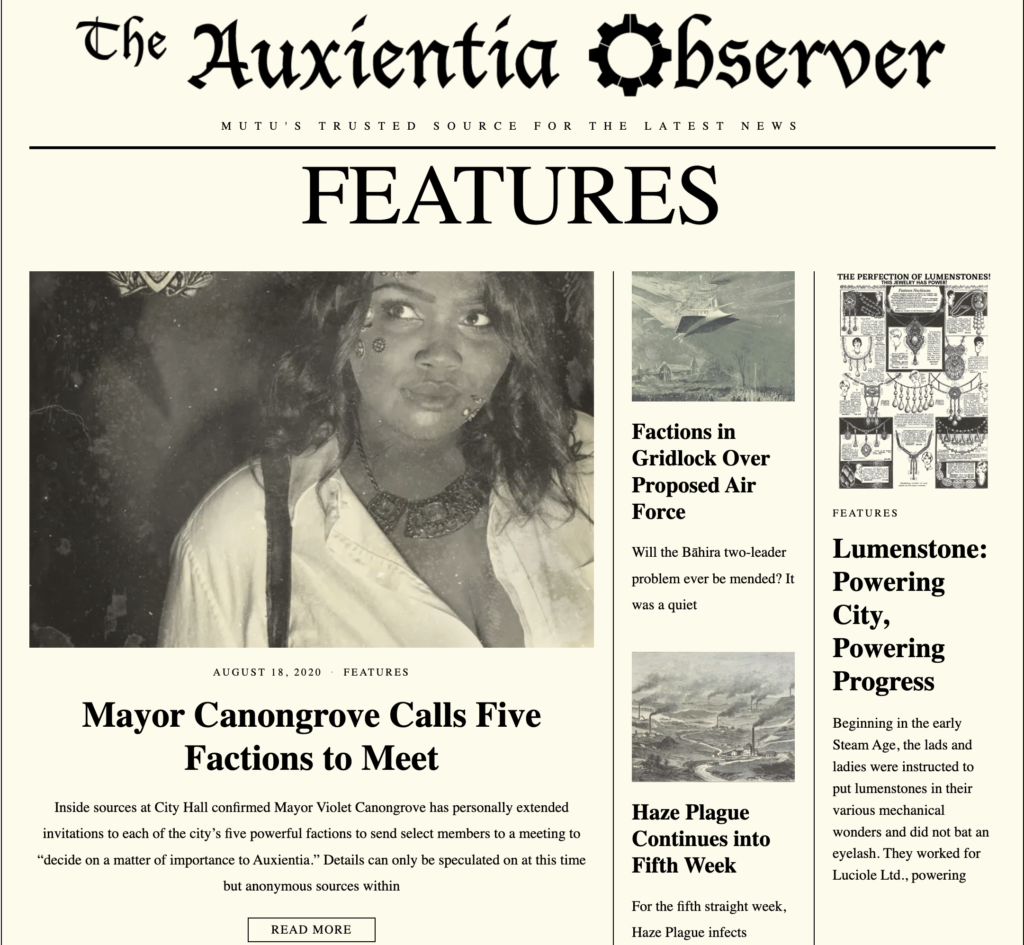
Daguerreotype Portraits
Being a nineteenth-century-inspired fantasy setting, I wanted the portraits that came out of it to have something of the aesthetic of the period. I did some complimentary player portraits at the event, and in addition offered professional color retouches of those portraits for sale, along with daguerreotype versions, thanks to resources and education from Spoon Graphics.
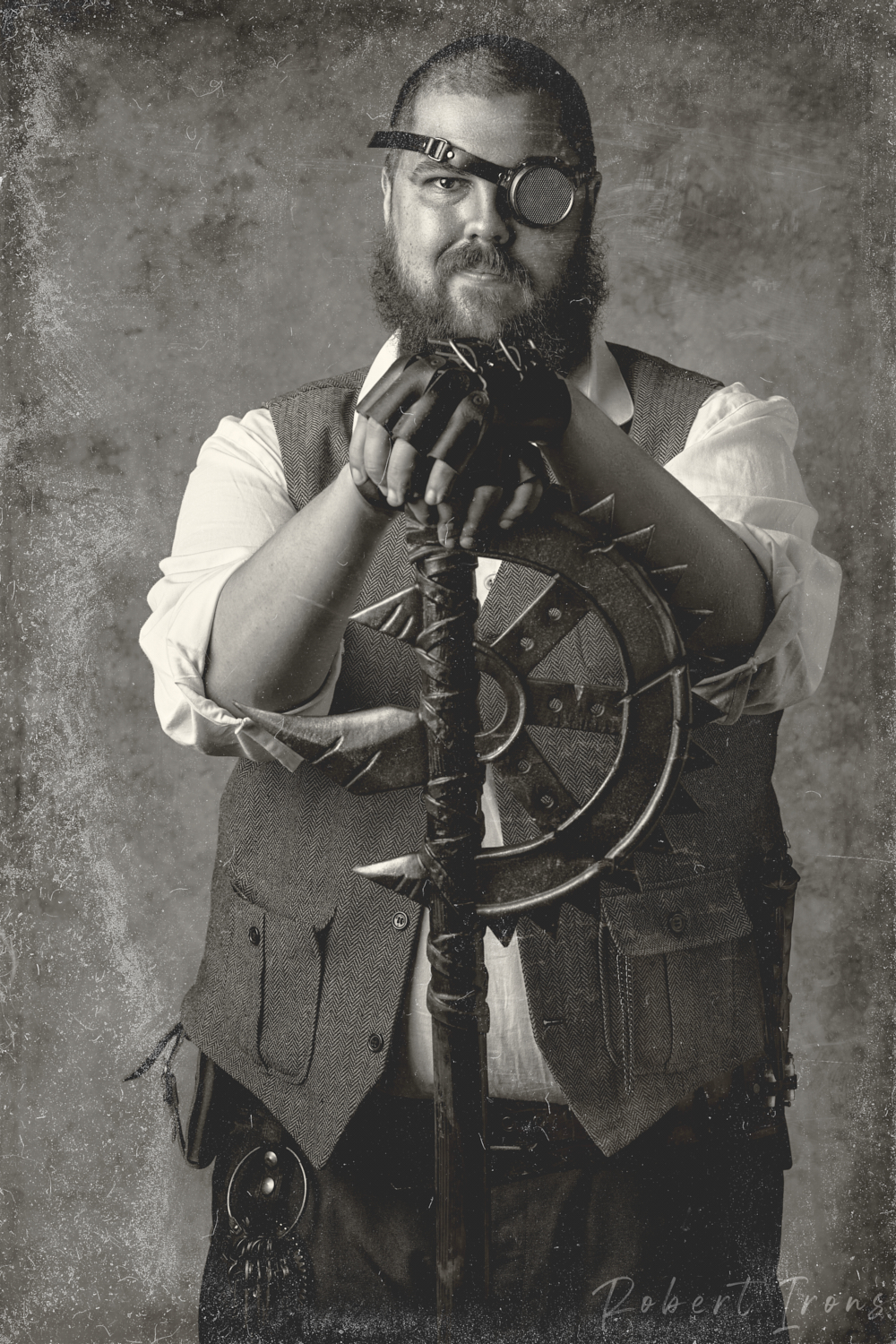
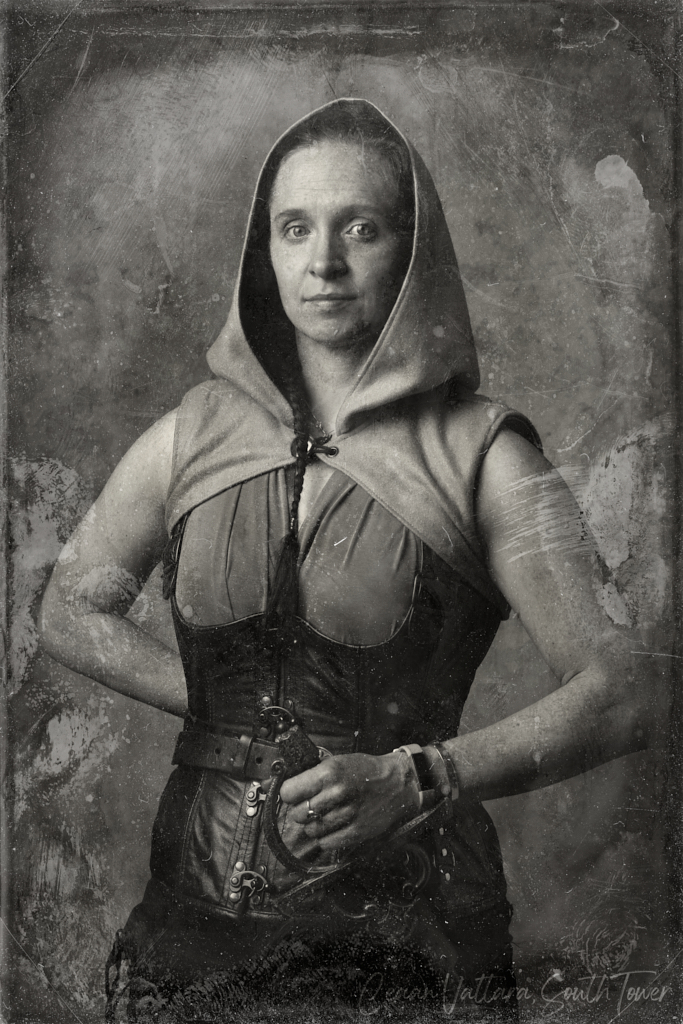
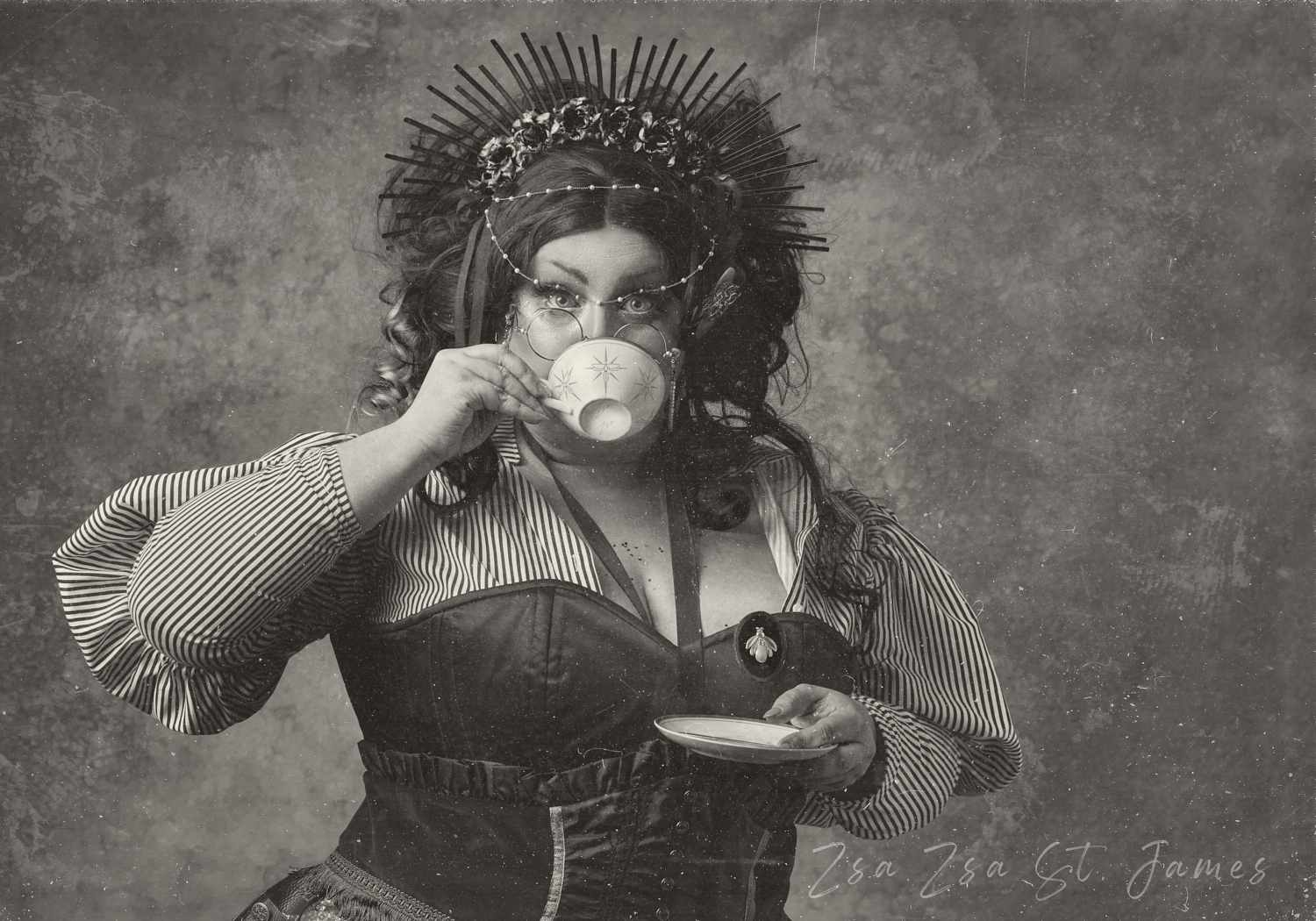
As much as I love those daguerreotype versions, I put a good deal of work into the color retouches as well. Here’s what those looked like.
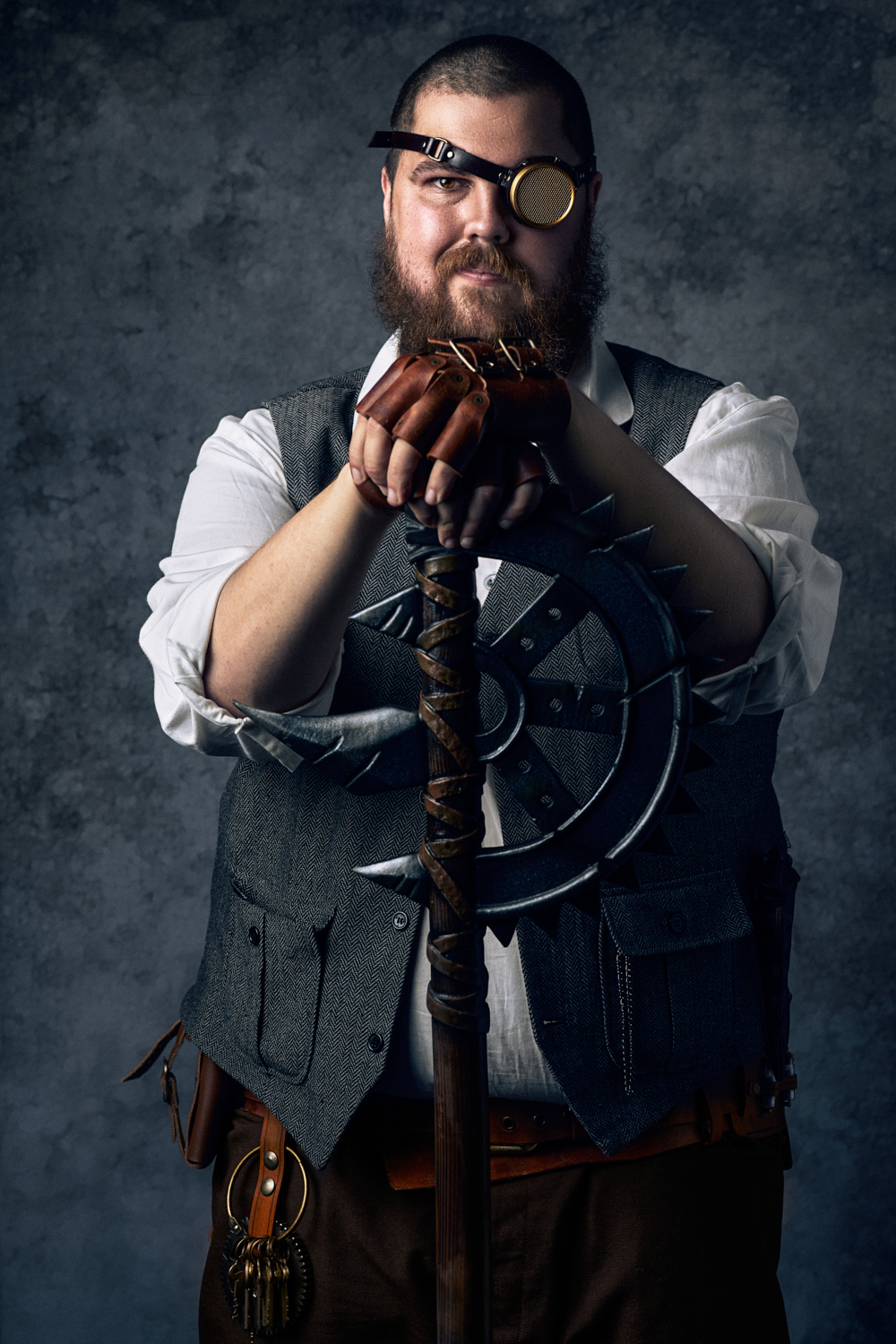
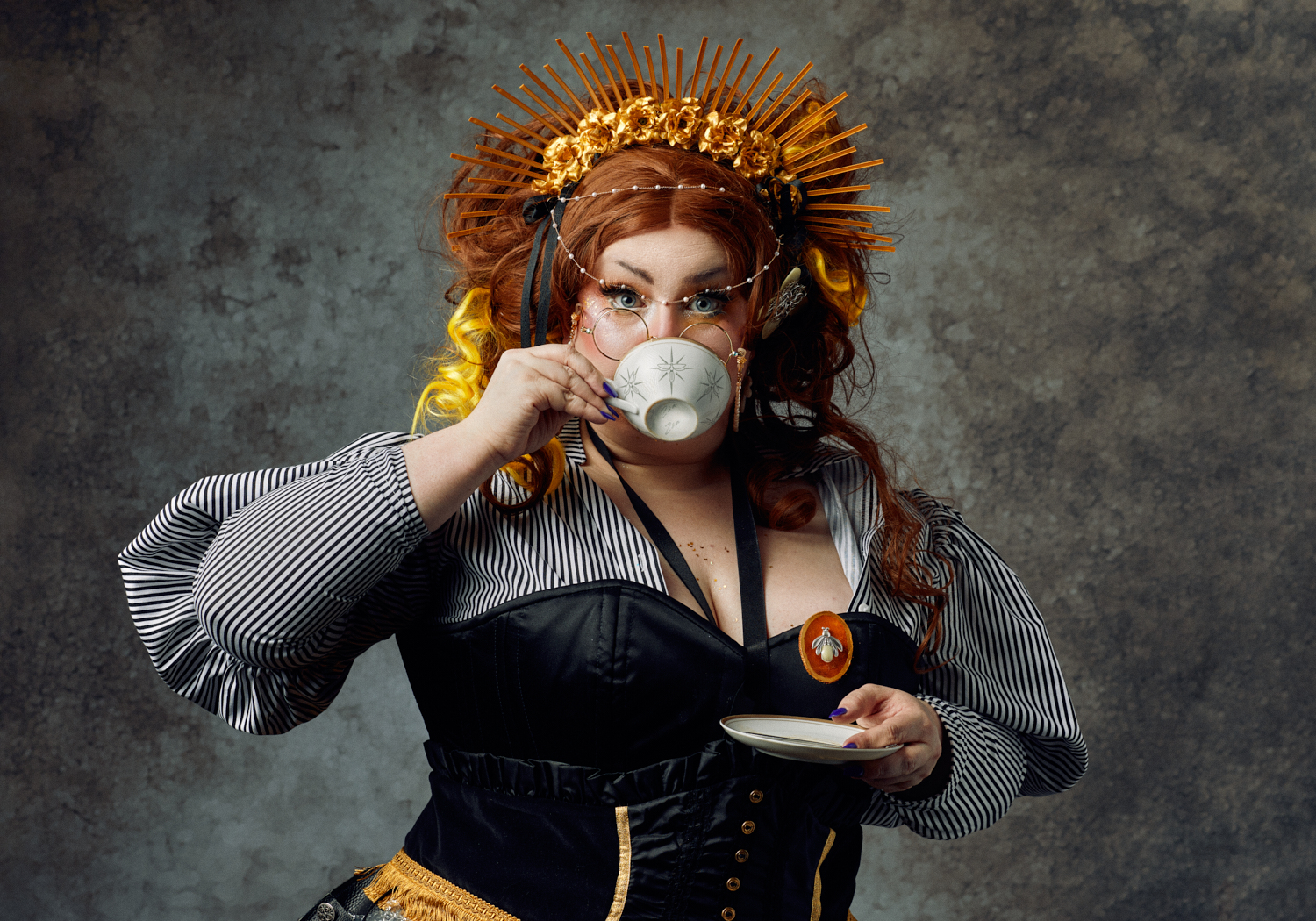
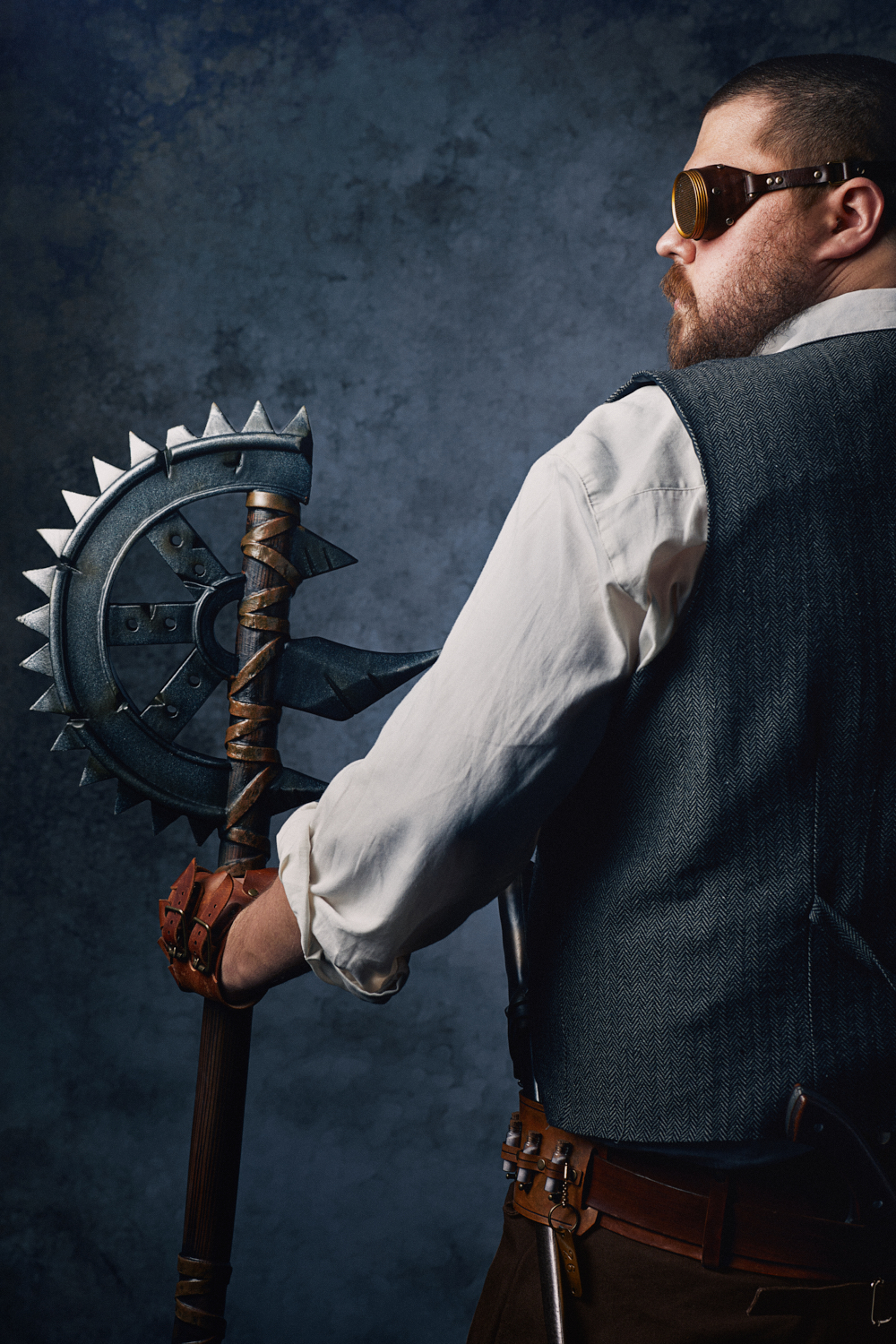
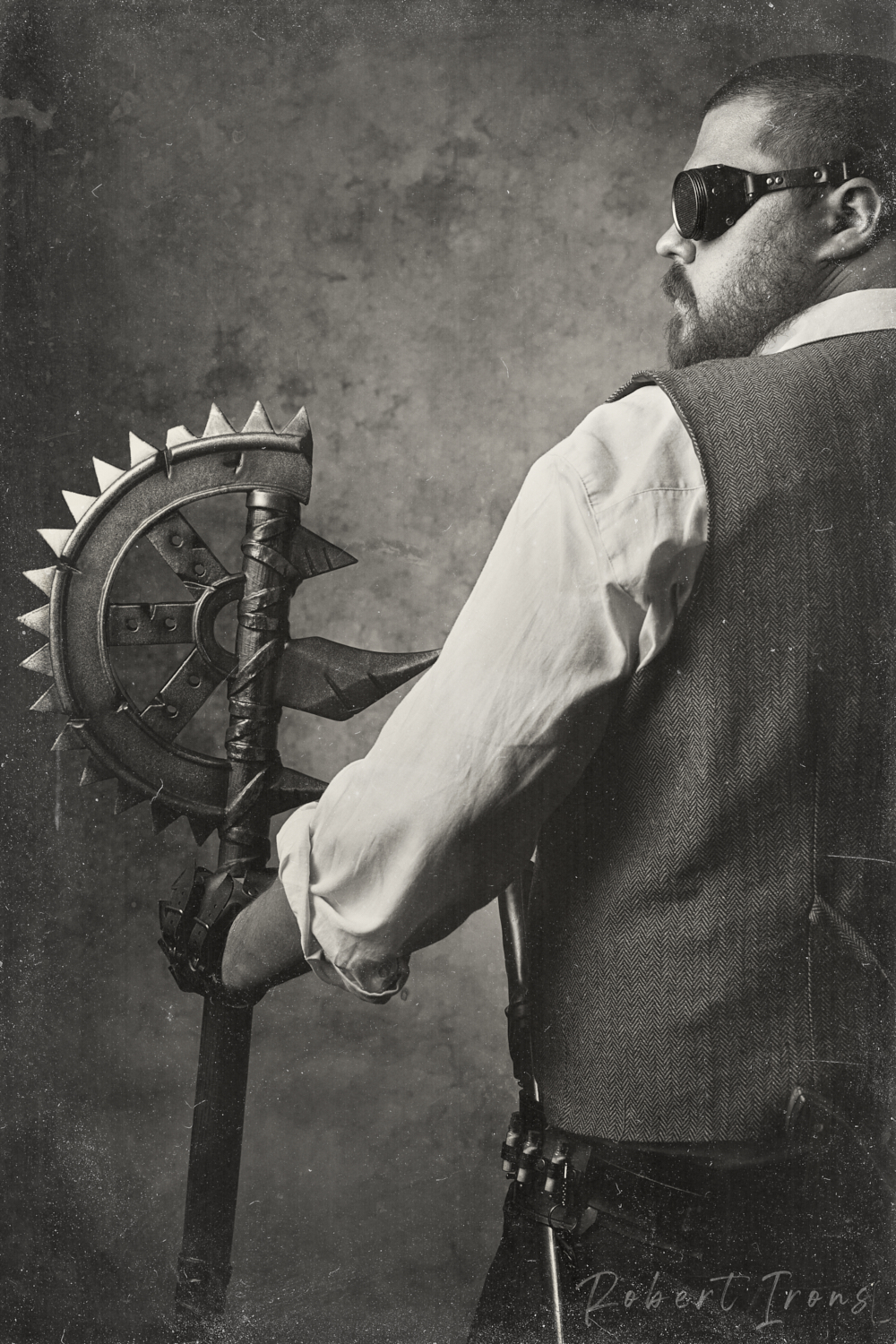
The Grand City of Auxientia
For the city itself, I drew it in Campaign Cartographer 3 using a nineteenth-century city map style (“Modern City Maps”) and added some textures. The paragraph below was written in 2019 to set the mood of the city; this piece was also spoken at the beginning of the game to immerse the players in the world.
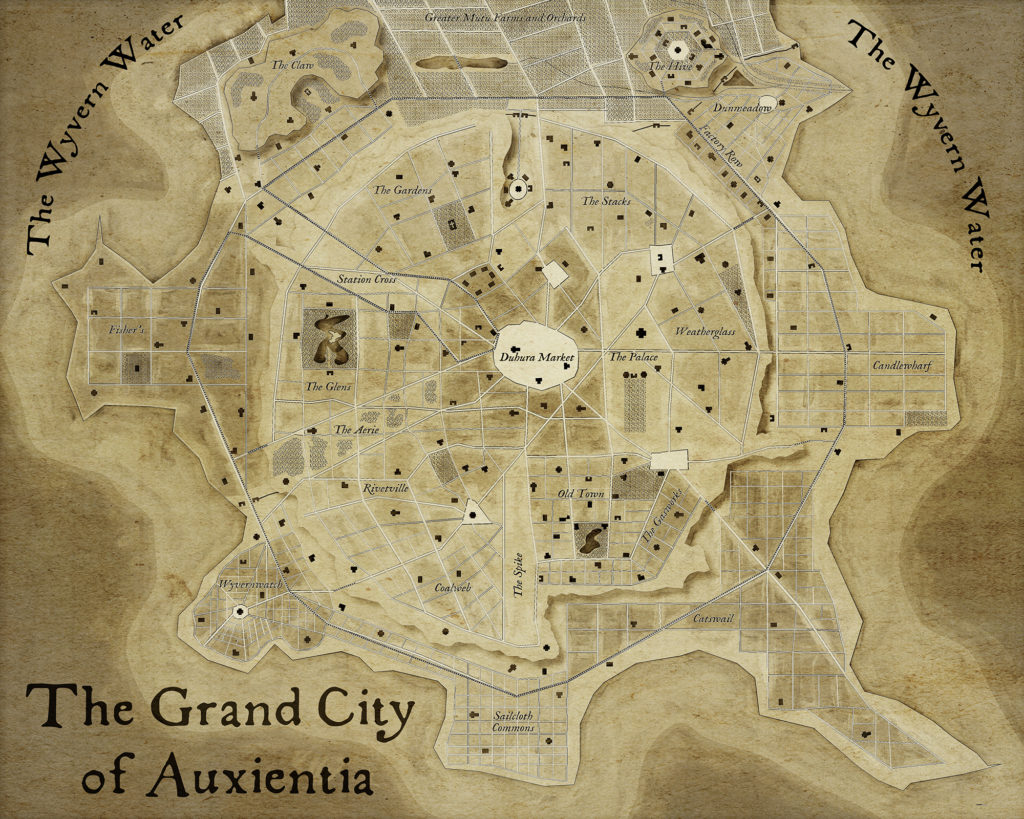
See her towering cliffs rising from the world like colossal pillars. See her airships, soaring overhead like leviathans of the distant ocean. See her electric lights and her boundless channels and canals. See the steamworks and engines of incredible power, chasing light throughout the city.
Beyond the old Bāhira walls, look upon the great green meadows, the Valley of the Heart, ringed by mountains. Behold the cloudy islands of the cerulean sea of the air where the sky folk coast on sails of white, once the sole domain of the great winged wyverns that still soar among the peaks.
See her streets, filthy with humanity. See the coal black soot, the hazy skies, the smoke rising from the chimneys of her factories. See her orphaned youth and her crying, desperate street rats. See the shadowy alleys beneath the city, beneath the factory walls and the old and broken towers of the Bāhira people. See the deep places overshadowed by factories, wires, pedways, and thoroughfares—the places where light never reaches.
Smell the newsprint and the paper, smell the coal and smoke and soot upon the air. Smell the electricity burning through the bright lights of the city of progress and industry.
The city is what you make it.
The Event
The event happened thanks to the long hours, focus, and dedication of the game’s cast and staff:
Ashley Piper Burns, Sara Robinson, Elmo Steward, Ziva No, Deana Vasquez, Drew Beyer, Elizabeth MacDougald, Grace Ormn, Nathan Pease, Hilary Dirks Norton, Lorelei Atreides, Rae Anne and Piper Peculiar Productions, and Tea Booth.
Without their brilliant ideas, incredible performances, saintly patience, their dedication to an idea over the course of years in the midst of a global pandemic, this game itself would have remained an idea. Because they built it, it happened, and it meant something to the people who did it.
Without the players to bring the stories to the game that they wanted to explore, the event would have remained a setting without a story. Without the players’ trust and sense of adventure and willingness to immerse, it would have been a flat and lifeless thing.
In the end, the city was what the participants made it together.
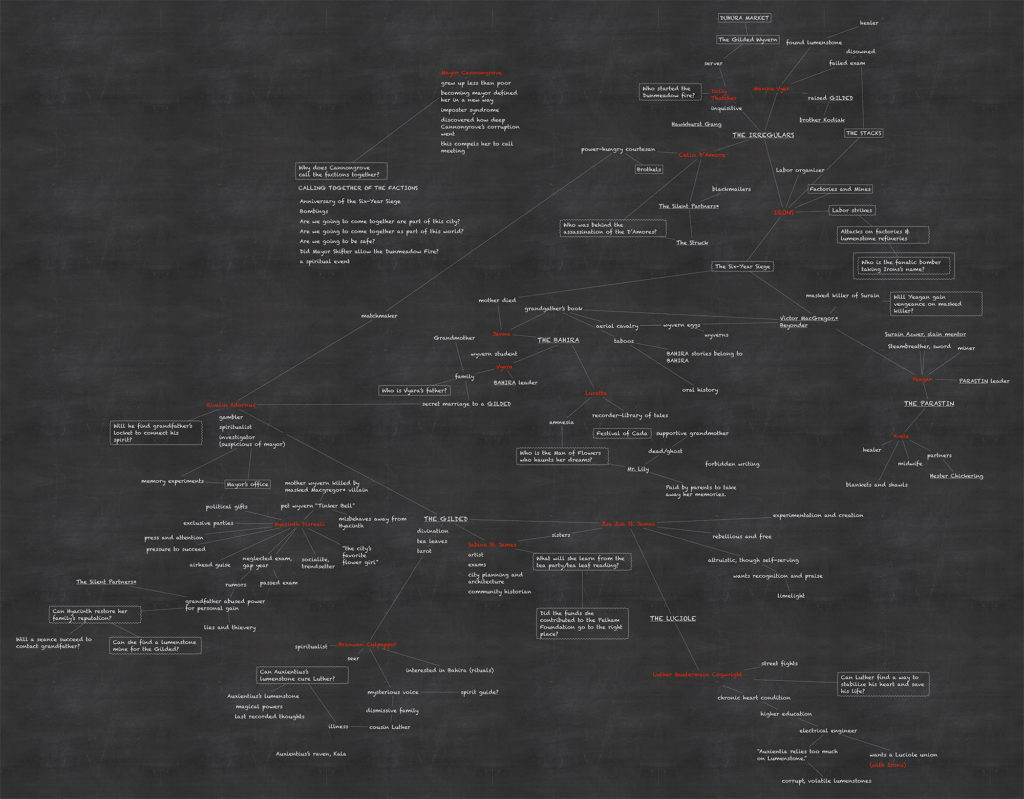

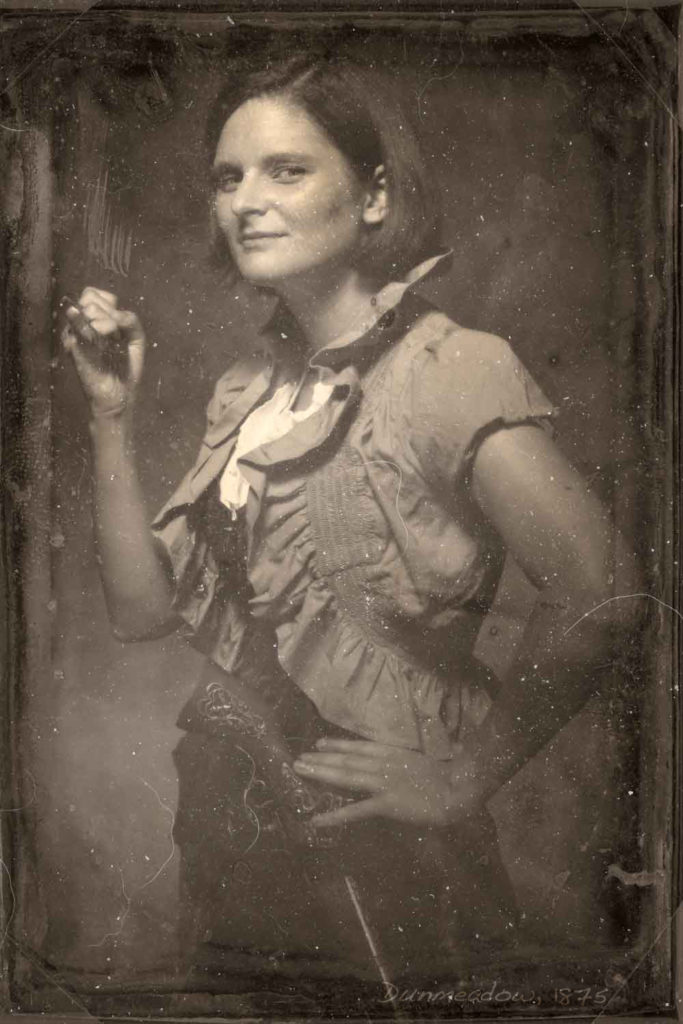
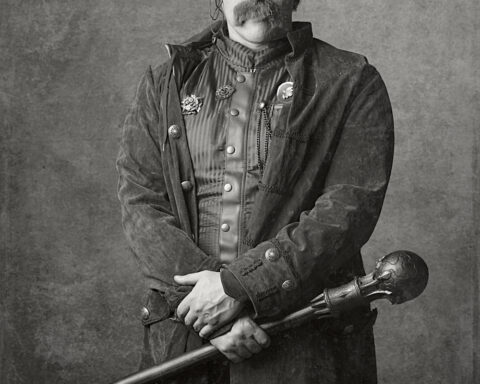
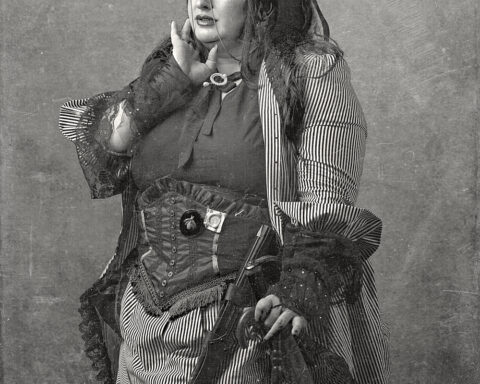
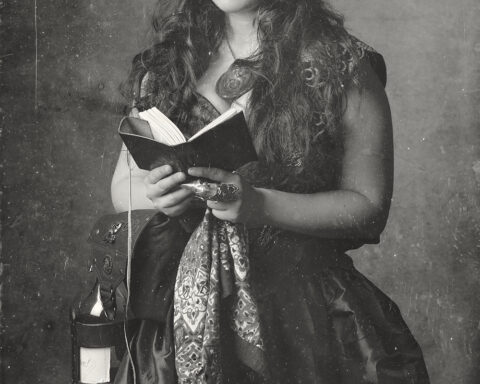
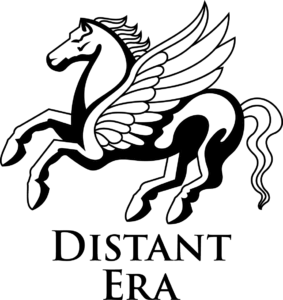
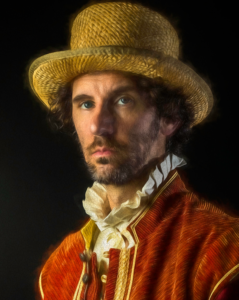

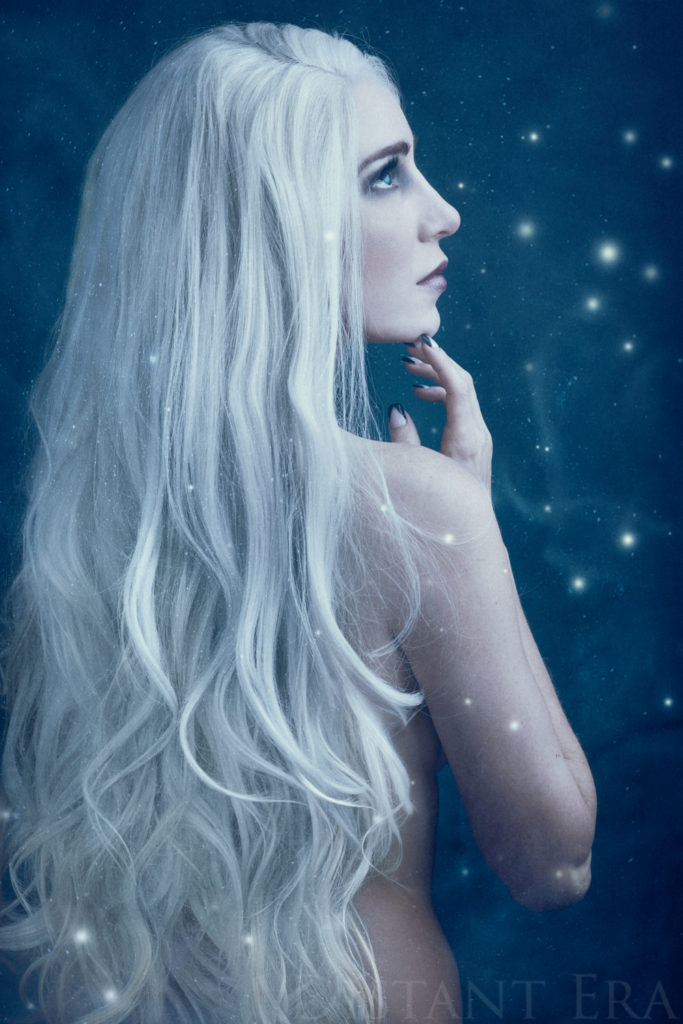
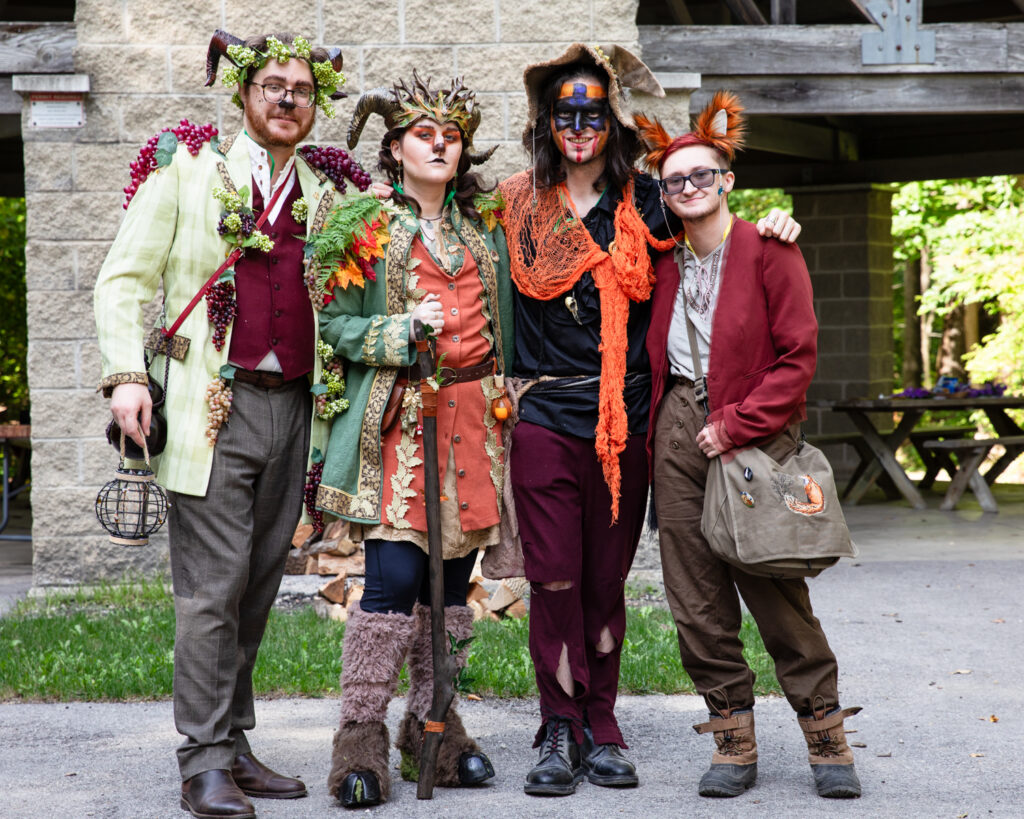
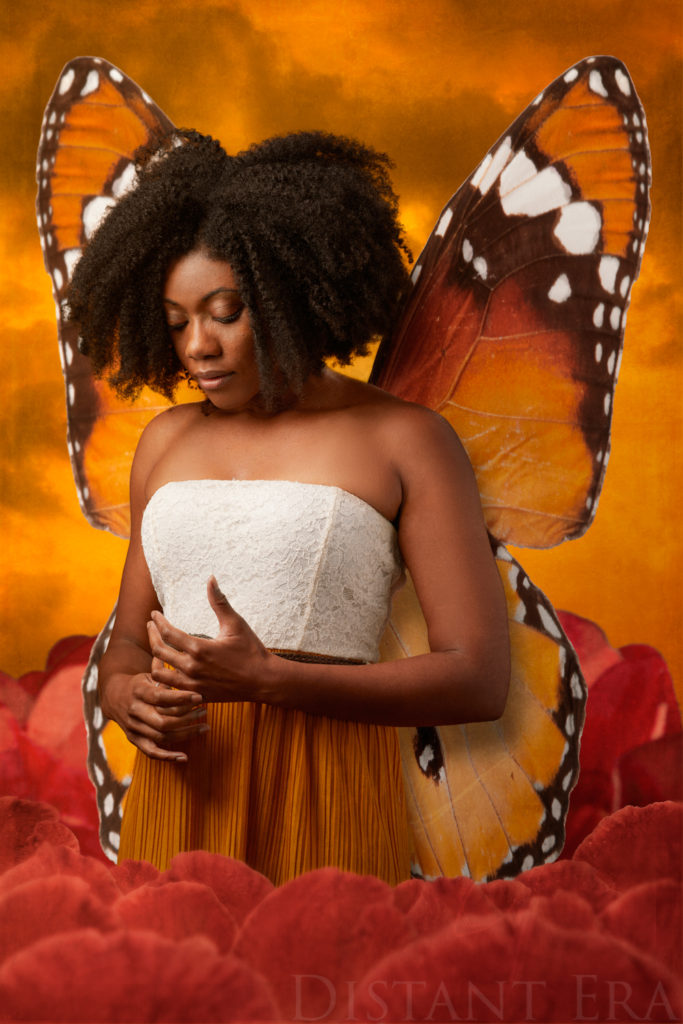

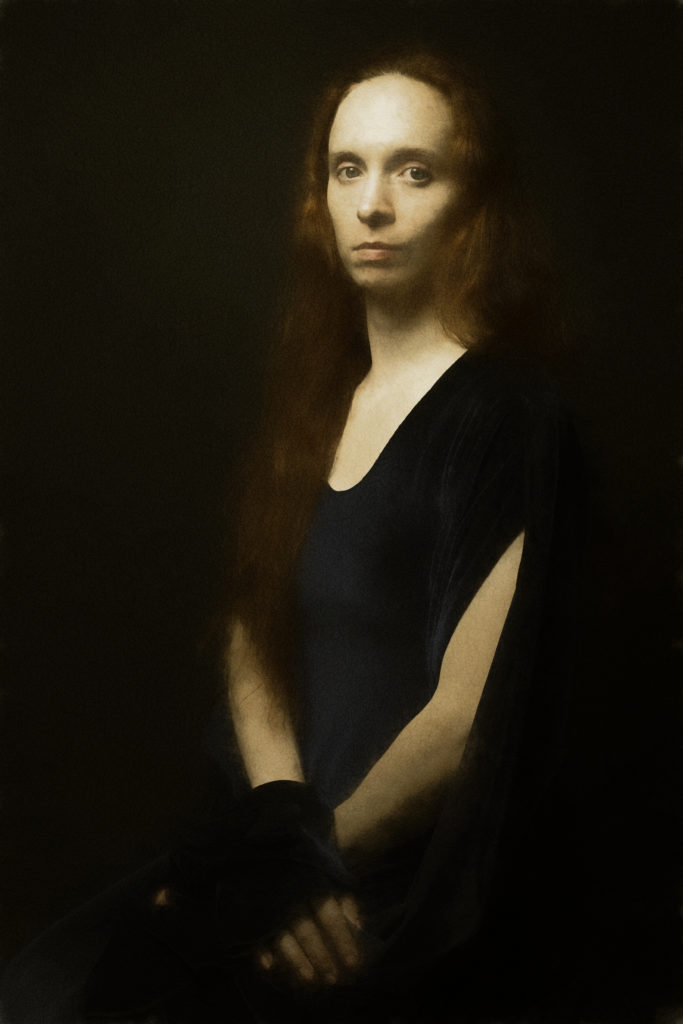
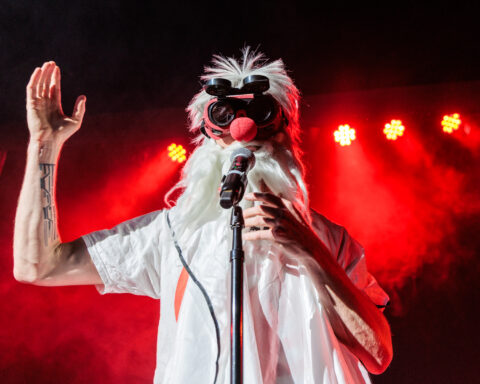
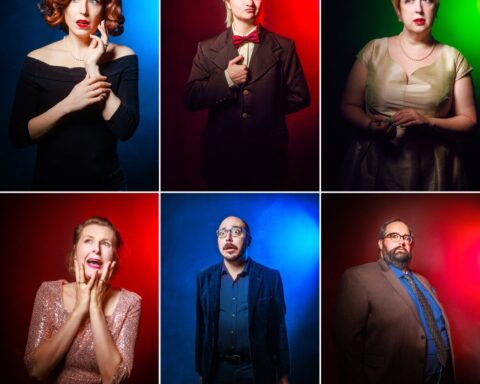
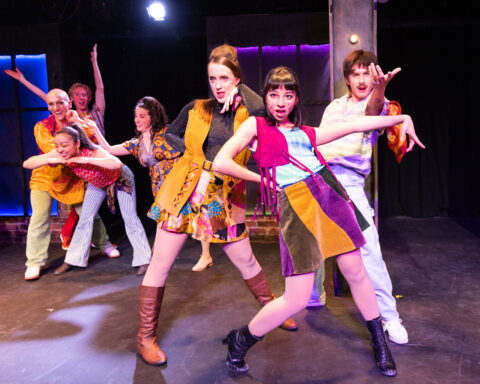

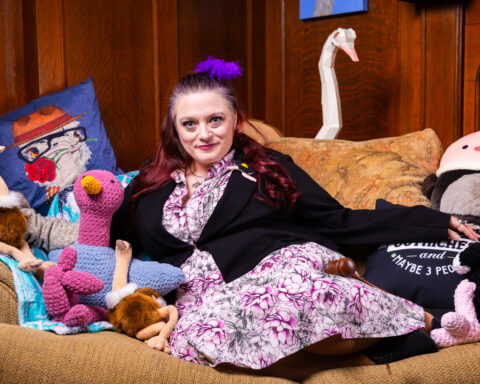
[…] the Auxientia live action steampunk role-playing game covered in last week’s All Worlds Traveller, I offered portraits to the participants. Since I […]